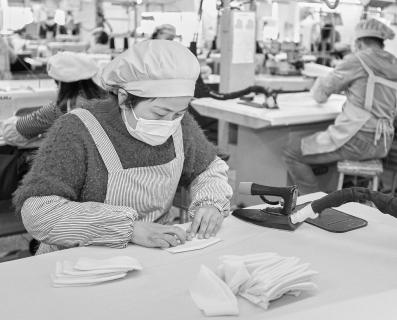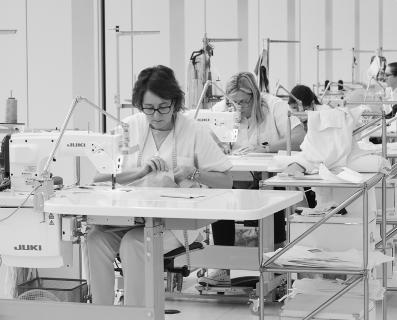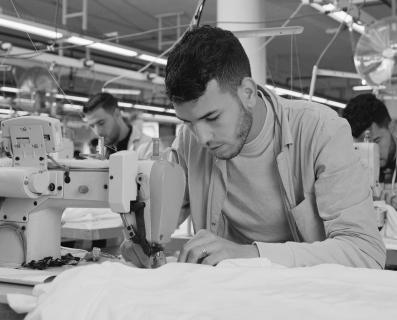Suppliers
In 2022, we worked with 1,729 direct suppliers located in 50 markets. In turn, those suppliers used 8,271 factories to make our products, providing work to over three million people.
One of the unique hallmarks of our model is the fact that we source relatively locally, which allows us to respond quickly to market developments. In 2022, 49% of the factories that made garments for us were located in Spain, Portugal, Morocco or Turkey.




In 2022, we took another step forward in the responsible management of our entire supply chain by developing new traceability requirements. Specifically, we reinforced the mechanisms our suppliers must use to document use of preferred raw materials, by certifying their origin and, if necessary, the facilities where they were made. Our control systems are complemented by traceability audits to verify the information reported. 10,796 such audits last year.
- 2,075 pre-assessment audits, before starting to work for us.
- 5,955 social audits.
- 2,065 environmental audits, mainly at wet-processing facilities.
- 1,045 special audits (technical-structural audits, occupational health and safety audits, etc.)
In October 2022, we launched a preliminary environmental assessment, which is conducted at new wet-processing facilities after they have passed the pre-assessment audit and before the full environmental audit.
Whenever we detect non-conformities, we carry out corrective action plans, which in the most sensitive cases take roughly six months to execute. In 2022, 487 social and 547 environmental action plans.
Sustainable management of our supply chain in recent years has enabled us to identify what our suppliers’ workers need across our various production markets, ushering in our “Workers at the Centre” strategy, in place since 2019, predicated on the facilitation and protection of human rights and articulated around seven priority areas of impact.
Workers at the Centre
The Workers at the Centre 2019-2022 strategy is based on respect for the Human Rights of the workers in our supply chain.
Priority Impact Areas
Worker Participation
Developing and improving social dialogue to achieve mature industrial relations and to champion worker satisfaction.
Protection of migrants and refugees
Ensuring that the rights of refugees and migrants are upheld and that a decent workplace is provided in factories, supporting cohesion.
Living wages
Facilitating that workers in the supply chain earn a living wage.
Social protection
Enabling the well-being of happy and healthy workers in the supply chain.
Gender, diversity and inclusion
Promoting that all the women in the supply chain benefit from the best conditions and opportunities, while fostering equality in a cross-cutting manner, and creating a diverse, safe and inclusive work environment.
Protection of labour rights in the production of raw materials
Promoting the human and labour rights of the workers in the supply chain of raw materials through proactive actions in terms of the workplace, the community, and industry.
Occupational health and safety
Guaranteeing that workers in the supply chain are protected against risks to their occupational health, safety, and well-being.